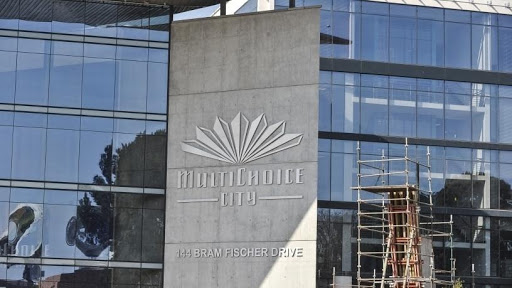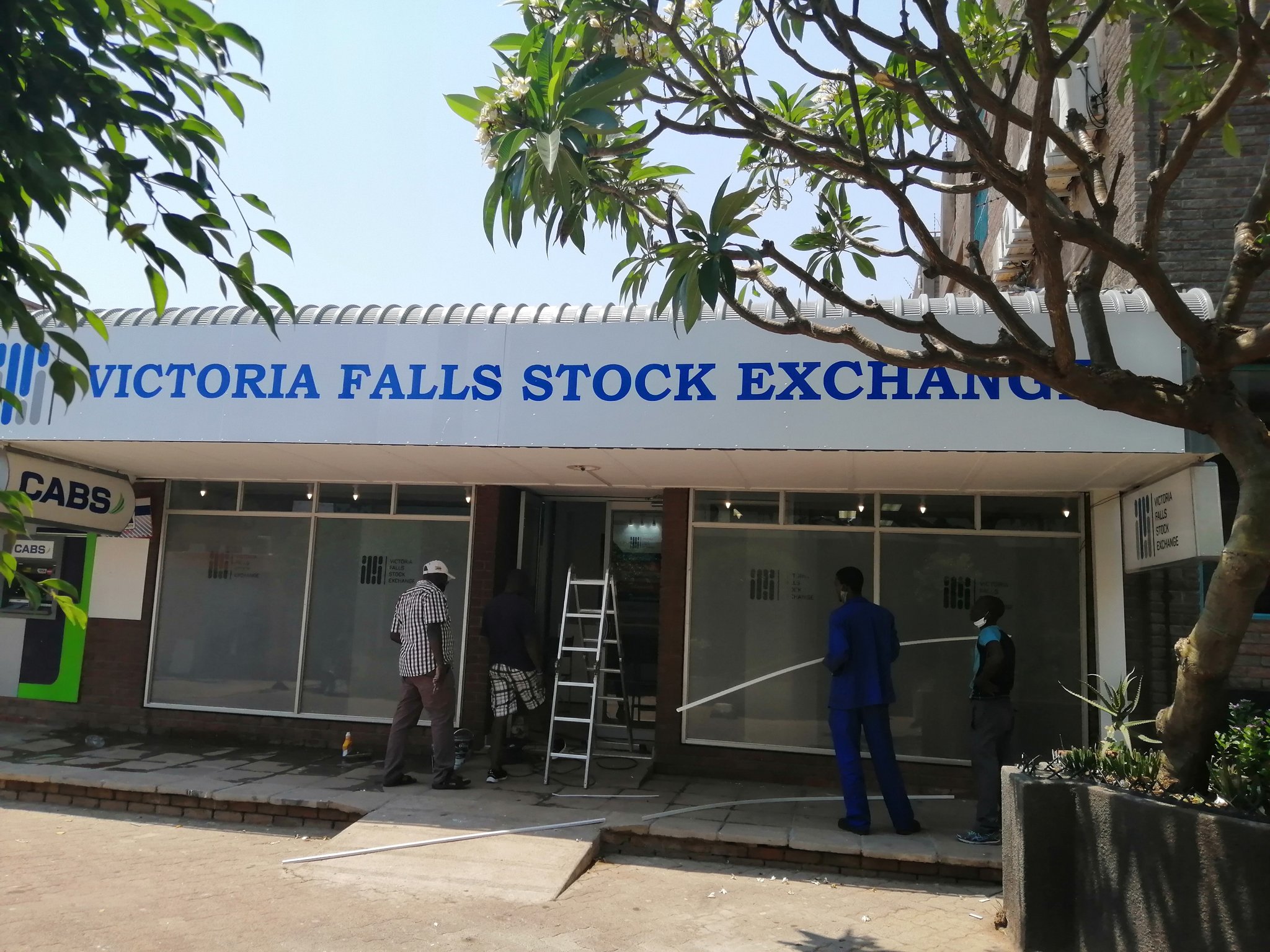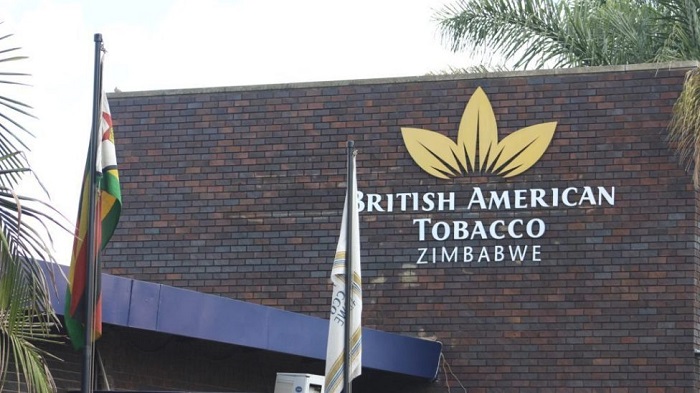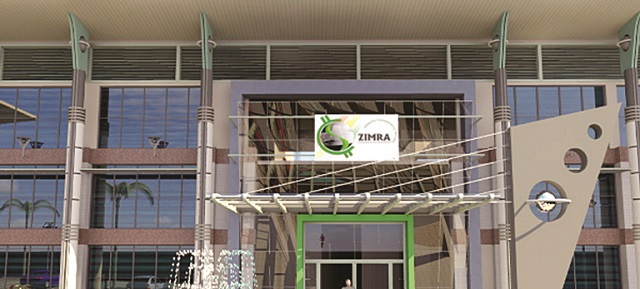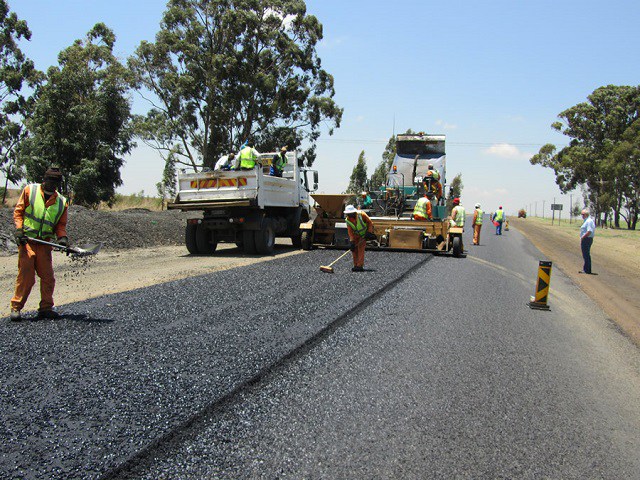Damaged urban roads need urgent attention
Recently I read an article by my former employer, the World Bank. The article explains that roads are the arteries through which the economy pulses.
By linking producers to markets, workers to jobs, students to school, and the sick to hospitals, roads are vital to any development agenda. The article aptly captures the importance of road networks.
Challenges with the road network in the City of Harare
Obvious challenges that come to mind and are experienced on a daily basis by motorists and commuters in Harare include the following:
Damaged roads with potholes,
Congestion,
Traffic lights not working.
Damaged roads
The poor state of some urban area roads is a serious cause for concern. I have not travelled to many cities in Zimbabwe in the last few months due to the Covid-19 lockdown restrictions but I am sure the state of the roads is not any different from Harare.
Some roads in Harare are severely damaged. It is no longer about the isolated potholes we used to experience and complain about in the past. Now they are bigger and a common site. Just visit the Graniteside industrial area in Harare. Even residential areas are equally badly affected.
Driving in some parts of Harare is now a nightmare. While the damage to our roads accumulated over many years it has been made worse by this season’s rains that we desperately needed. We are grateful to the Almighty.
Congestion
Congestion is experienced during peak hours mainly in the morning or at day end. However, there are areas, which are congested even during the day. Examples in Harare include the Seke Road flyover, the Siyaso — Mupedzanhamo area, roads around Kaguvi Street and some roads in the CBD.
For reasons I am yet to understand the situation gets worse when it rains. I do not appreciate the science, if any. During peak periods or when it is raining it can take several minutes or even hours to move from one part of town to the other.
Traffic lights
There are many intersections controlled by traffic lights. However, there are some such intersections whose traffic lights are perennially not working. This causes congestions and even accidents especially as motorists become impatient.
In Harare there are many such intersections which are controlled by street children or newspaper vendors for the convenience of motorists.
Examples include corner Samora Machel/Rekai Tangwena near the Show Grounds, Rekai Tangwena/Bishop Gaul in Belvedere, Bishop Gaul/Tongogara in Belvedere, Rekai Tangwena/Tongogara, Sam Nujoma/Churchill, at the Village Walk in Borrowdale, at Borrowdale Primary School. The above examples are not exhaustive or targeted.
It is also encouraging that the Zimbabwe Republic Police (ZRP) has moved in to assist citizens. I enjoy watching certain police officers who control traffic at the intersection of Samora Machel/Rekai Tangwena and also at Rekai Tangwena/Tongogara near Wilkins.
City of Harare also controls at corner Rotten Row/Jason Moyo near the Harare Polytechnic.
Effects of the current poor state of our roads
Poor state of a roadwork causes the following challenges:
Damage to vehicles
Negatively affects the distribution of goods
Negatively affects movement of people to and from work
Congestion
Accidents
Possible reasons for the current state of our roads
There are many factors that could have led to the current state of affairs to our road network. Some of them are explained below.
Inadequate maintenance of roads over the years. This includes both programmed / planned maintenance or ad hoc ones. This could be due to financial resource constraints by local authorities such as the City of Harare. There are many service delivery challenges by the City of Harare. Examples include water provision and collection of garbage.
The heavy rains experienced this year have aggravated the situation.
Lack of investment in new roads. There is no doubt the population of motor vehicles has increased over the years without matching expansion of the road network.
Poor workmanship of our roads during resurfacing, construction or reconstruction.
Traffic lights are not being repaired in good time. Those that have exceeded economic life are not being replaced.
Power outages, which appear to have subsided thanks to ZESA, also affect traffic lights. It is not clear what happened to solar powered traffic lights.
Lack of enforcement by the police at intersection. Some congestion is caused by motorists simply ignoring the traffic lights.
Lack of escape routes. There is need for alternative routes to avoid congested areas, for example for people staying in the Southern or Western suburbs.
Proposed way forward
There is no doubt the current state of our roads has reached crisis if not disaster levels especially due to the damage caused by the current rains.
Extraordinary measures are now required. Government efforts to improve the country’s highways including dualisation are noted with appreciation.
The following is recommended for urban roads:
Local authorities, such as the City of Harare should work closely with the Ministry of Local Government, Public Works and National Housing to come up with strategic plans for the rehabilitation, reconstruction or construction of urban roads.
Local authorities to plan for and carry out regular repairs and maintenance.
The same stakeholders should explore ways to raise the much needed finances.
It may be necessary to involve industry and commerce as they are important beneficiaries.
Government may consider raising finances locally and internationally for this purpose.
Disclaimer
This simplified article is for general information purposes only and does not constitute the writer’s professional advice.-Herald.cl.zw



